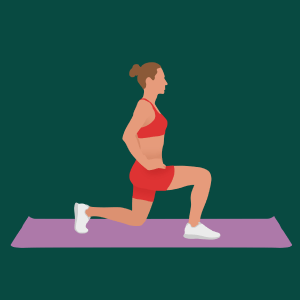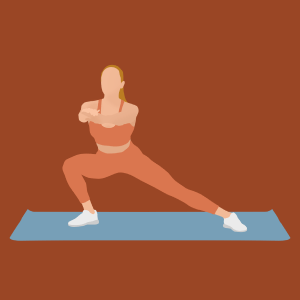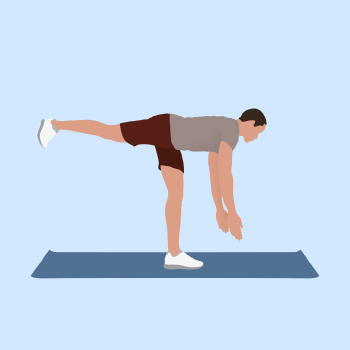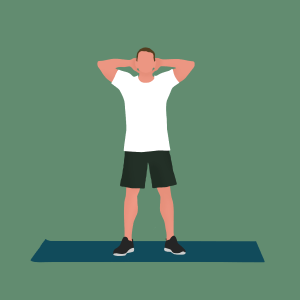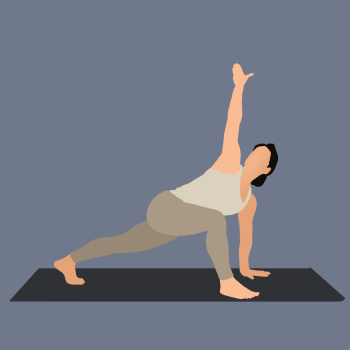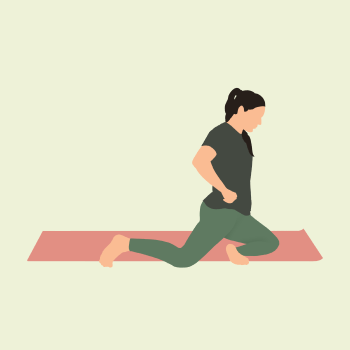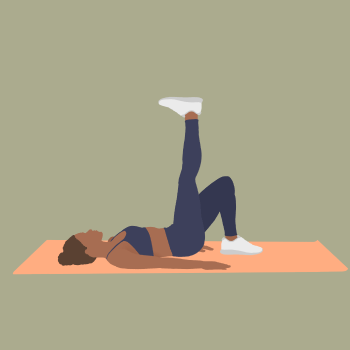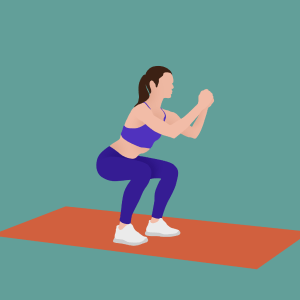
1. Squat Hold
Instructions
- Start from a standing position with your feet shoulder-width apart and your toes pointed slightly outward.
- Lower your hips back and down as if sitting into a chair, keeping your weight on your heels.
- Keep your chest lifted and your back straight and hold the position.
Tips
- Aim to lower your hips until your thighs are parallel to the floor.
- Keep your knees in line with your toes.
Modifications
- For less intensity, perform the exercise with a smaller range of motion.
Benefits
- Calves, Hamstrings, Quadriceps, Glutes
